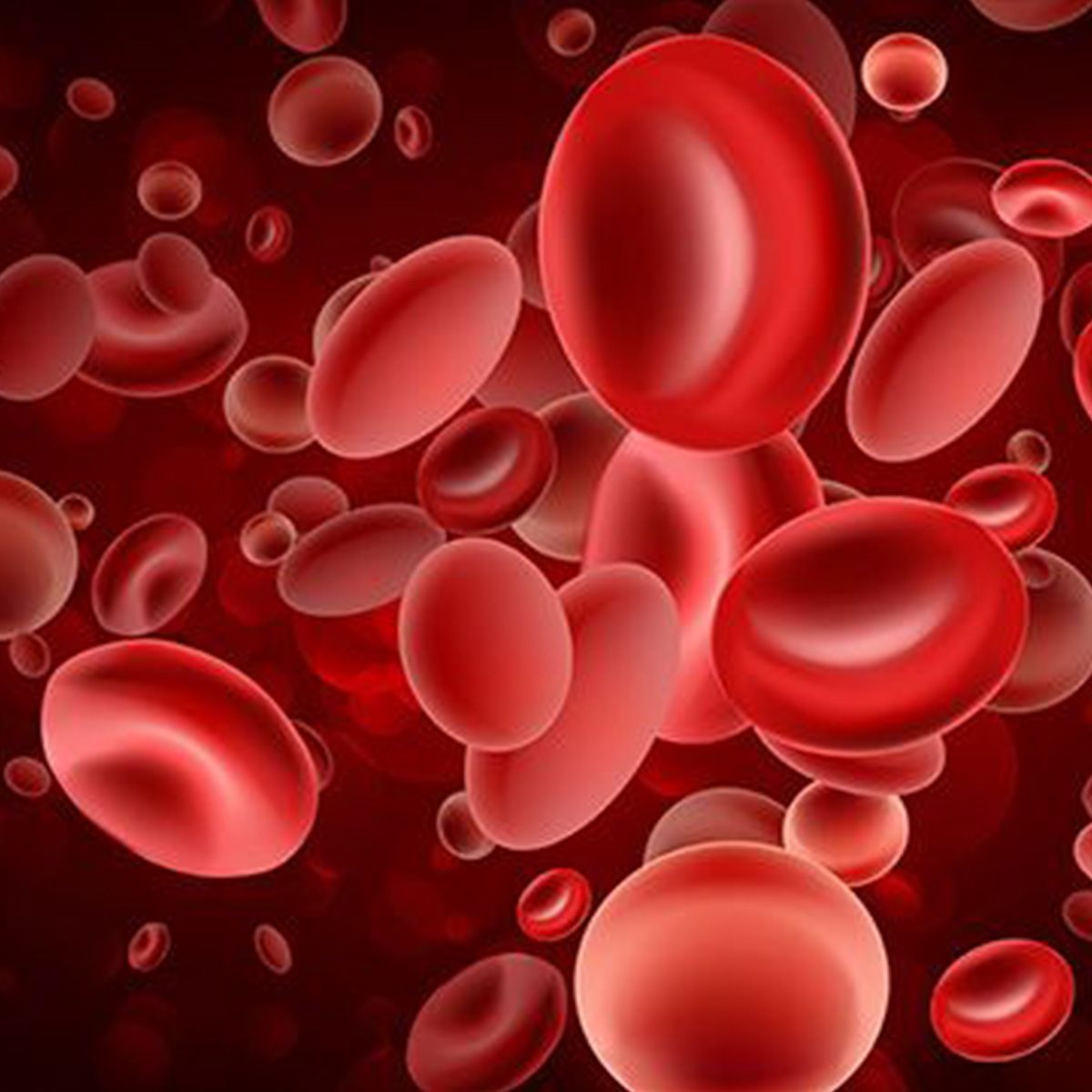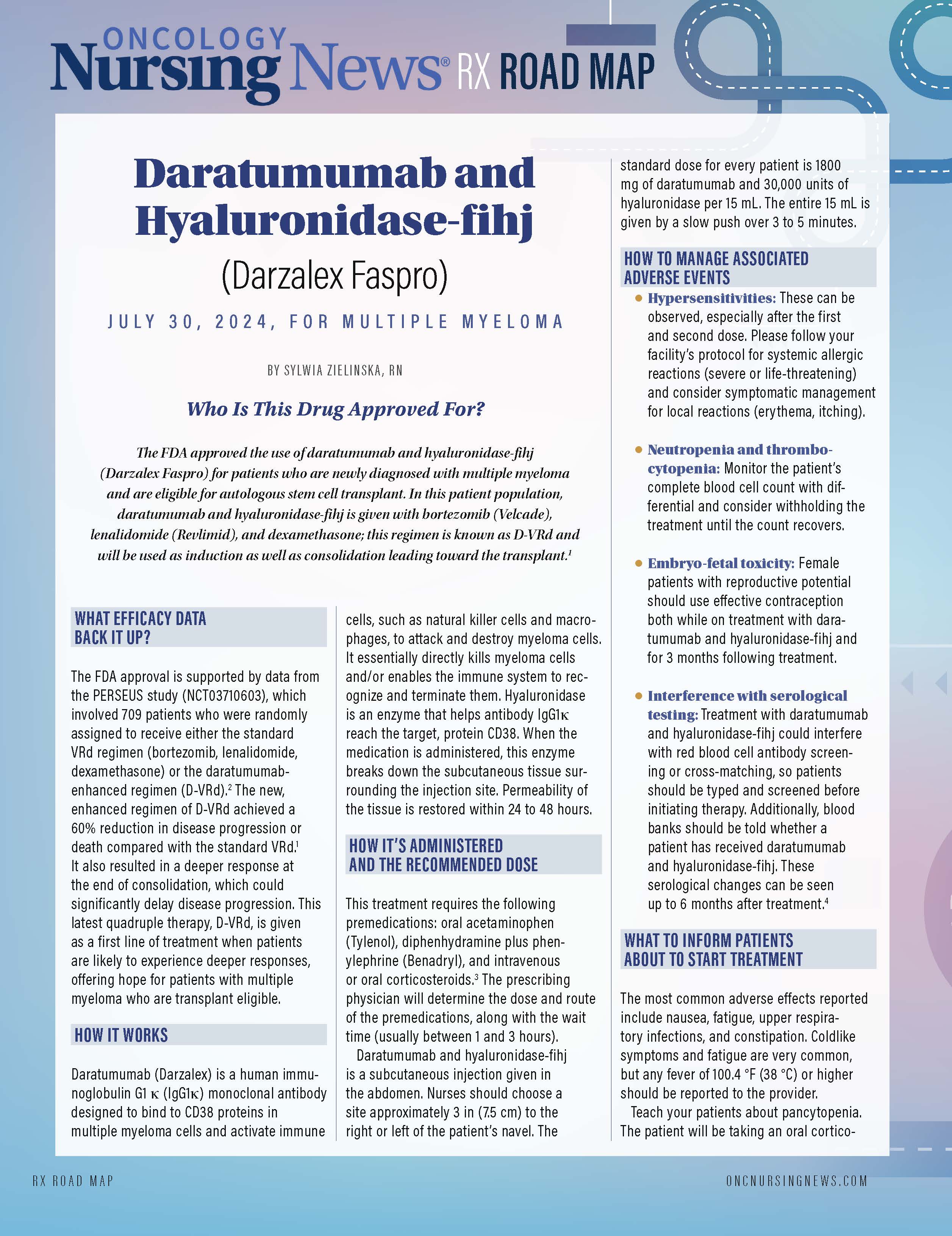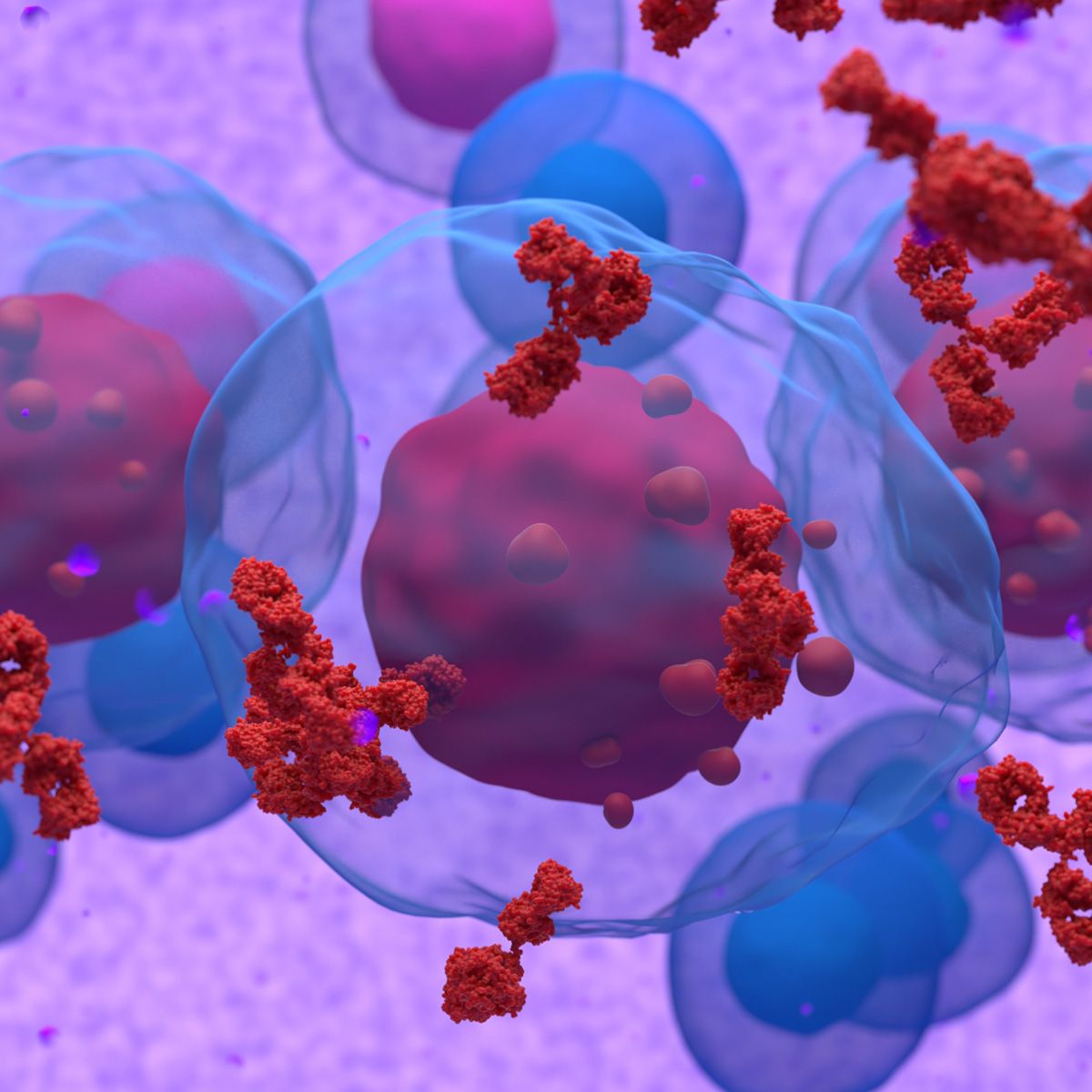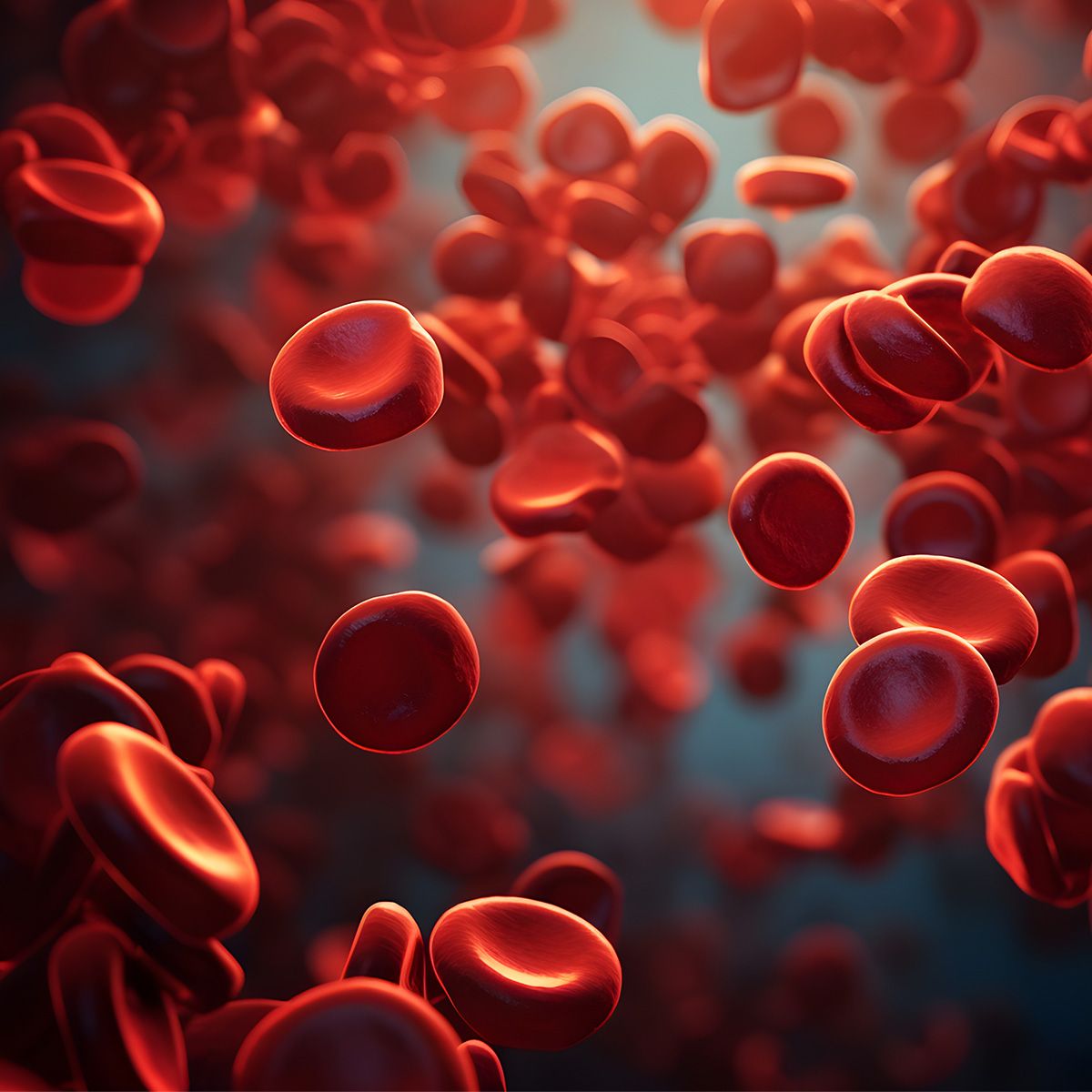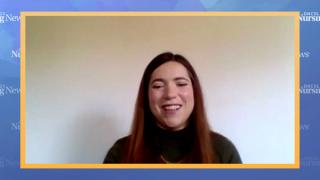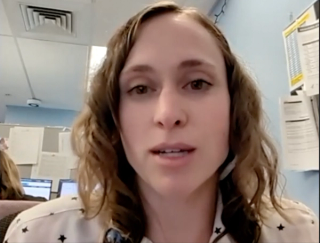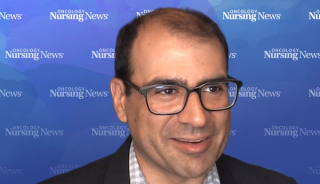
Multiple Myeloma
Latest News
Latest Videos

More News
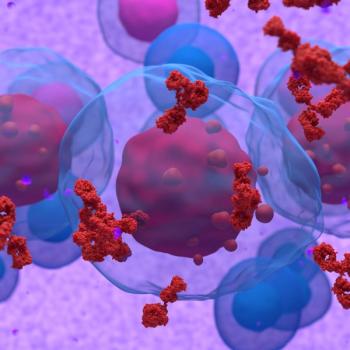
Data from the CEPHEUS trial support the use of D-VRd in patients with transplant-ineligible or -deferred multiple myeloma who can tolerate bortezomib.
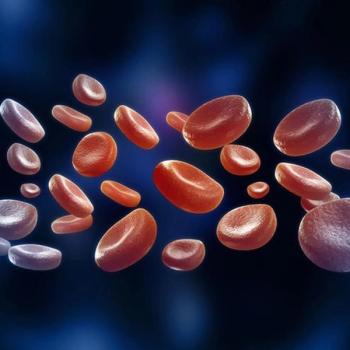
Early infection incidence in patients with multiple myeloma following treatment with cilta-cel infusion highlights the necessity of toxicity monitoring.
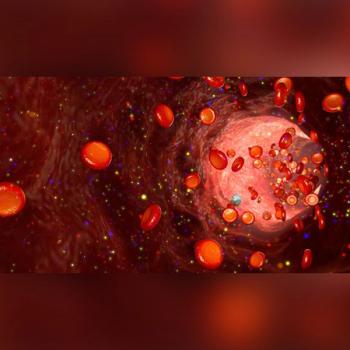
Elotuzumab plus pomalidomide, bortezomib, and dexamethasone showed tolerability in patients with relapsed or refractory multiple myeloma.

Updated MAIA trial results reinforce the frontline benefit of daratumumab plus lenalidomide/dexamethasone in transplant-ineligible NDMM.
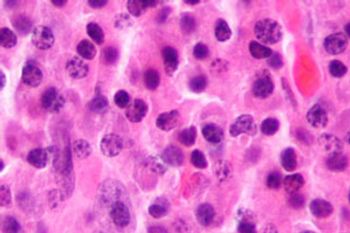
Real-world data show that older adults with lenalidomide-refractory MM have poor survival outcomes after 1 to 3 lines of therapy.
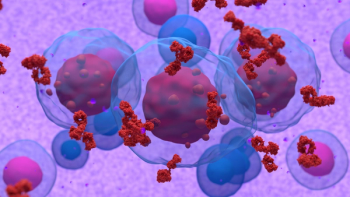
Median time to sustained worsening of symptoms was 23.7 months with cilta-cel, compared with 18.9 months with SOC.

The association of CAR T-cell therapies with second primary cancers warrants the development and examination of mitigation strategies for these toxic effects.
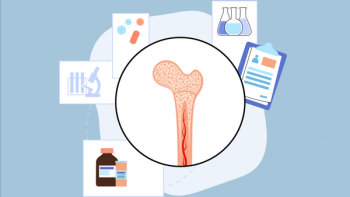
In patients with RRMM, subcutaneous isatuximab plus Pd resulted in a non-inferior objective response rate (ORR) and comparable pre-dose concentrations at steady state compared to IV isatuximab plus Pd.
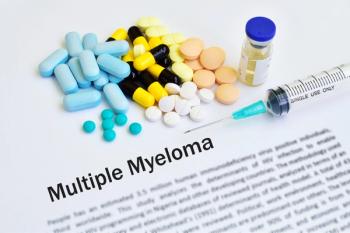
Patients treated with ide-cel, Abecma for relapsed/refractory multiple myeloma affecting the central nervous system had similar outcomes to matched patients with non-CNS multiple myeloma.
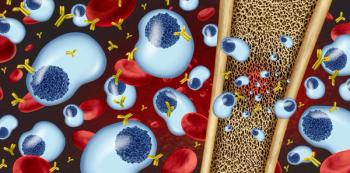
Initial therapy with isatuximab plus VRd followed by its addition to Rd maintenance therapy led to significantly improved MRD negativity and PFS in transplant-ineligible multiple myeloma.

Updated data from the DREAMM-7 trial support the use of belantamab mafodotin plus bortezomib/dexamethasone as a potential new standard of care in relapsed or refractory multiple myeloma, according to Vania Hungria, MD, PhD.

Treatment with subcutaneous daratumumab significantly improved progression-free survival in patients with intermediate- or high-risk smoldering multiple myeloma.

An expanded analysis from the phase 3 CEPHEUS trial showed that daratumumab plus VRd improved MRD responses as well as progression-free survival among patients with transplant-ineligible or -deferred newly diagnosed multiple myeloma.
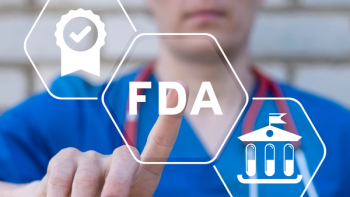

While bispecific antibodies tend to be well-tolerated for patients with multiple myeloma, there are still adverse effects clinicians should discuss with their patients.
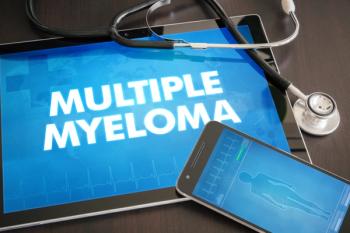

At a recent Community Case Forum, an expert discussed the risk of cytokine release syndrome after patients undergo CAR T-cell therapy.

Anitocabtagene autoleucel may be a promising CAR-T cell therapy option for patients with relapsed/refractory myeloma.
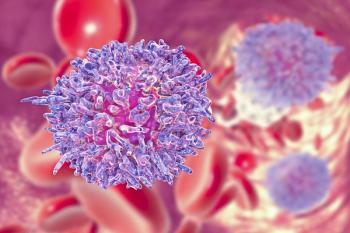
An indirect comparison found that cilta-cel may be better than standard of care for patients with lenalidomise-refractory relapsed/refractory myeloma.

“Treatment effectiveness can have different meanings to patients,” a physician assistant said when discussing therapy for high-risk myeloma.

A poll of experts revealed that few are utilizing talquetamab for patients with pretreated relapsed/refractory myeloma.

P-BCMA-ALLO1 elicited high response rates and a manageable safety profile in heavily pretreated, relapsed/refractory multiple myeloma.
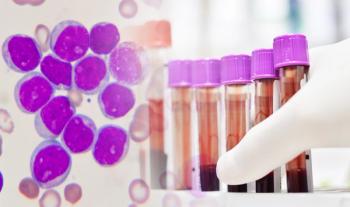
Follow-up from the CARTITUDE-4 trial showed that cilta-cel improved survival over standard of care in pretreated myeloma.

Cilta-cel led to high response rates and a promising safety profile in a real-world population of patients with relapsed/refractory myeloma.

Belantamab mafodotin plus KRd had a a manageable safety profile and deep responses in pretreated multiple myeloma.

